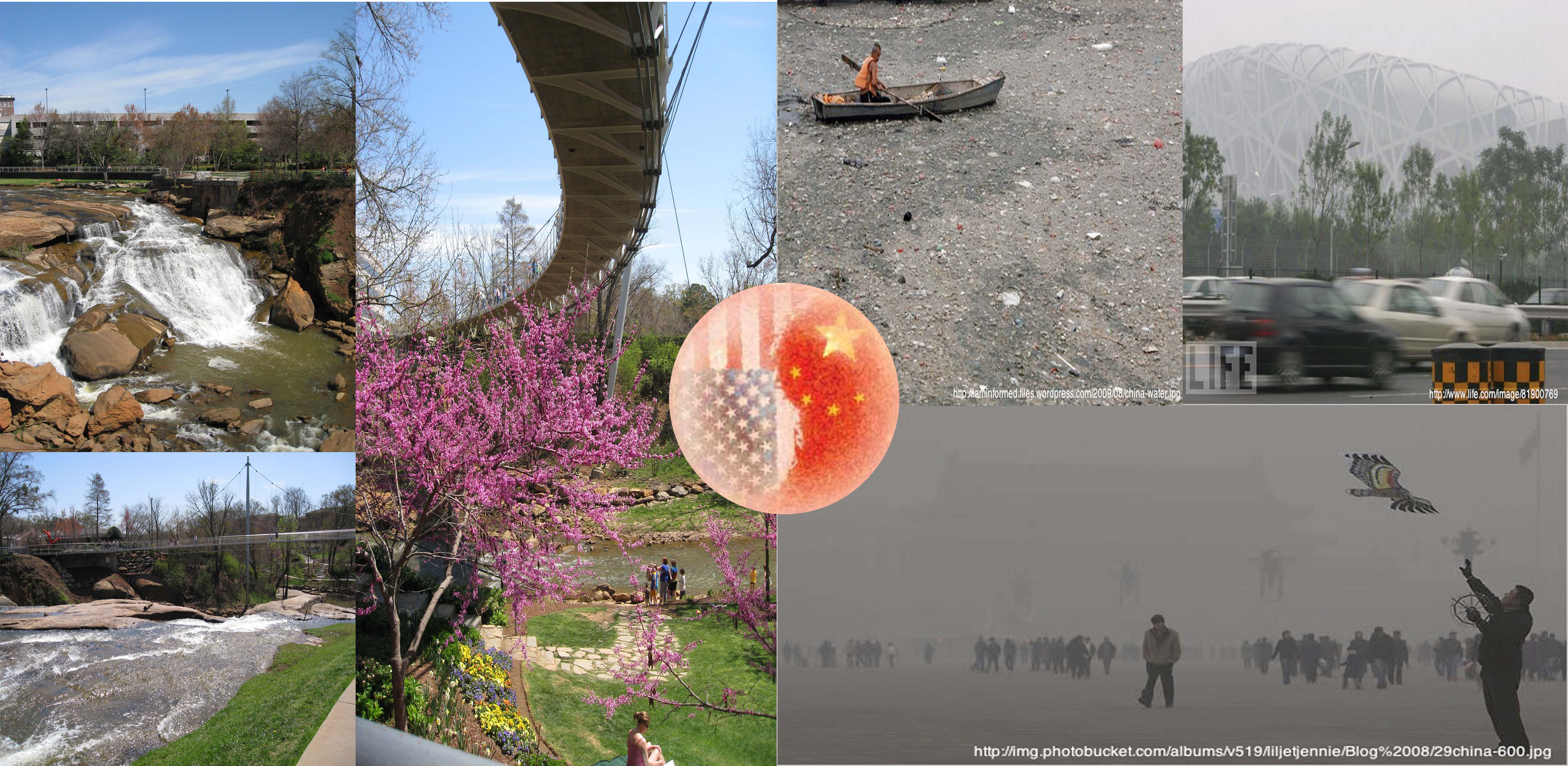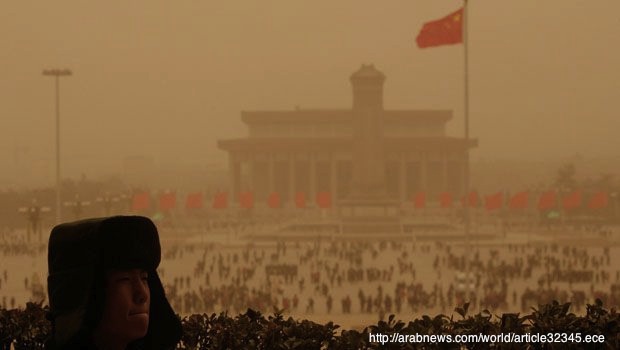In my last post, I interviewed a fellow Furman student about cross-border pollution coming from China. China’s cross-border pollution is certainly distressing, yet it is hardly indicative of how distressed the people and land of China are because of the extreme pollution. To illustrate just how devastated China’s environment is (because it can be hard to believe), I thought it should be compared to something more familiar: Greenville, SC’s environment.

It is difficult to quantitatively make an accurate comparison between the entire country of China and the proportionately small city of Greenville, SC. So, for the purposes of this post I will compare Beijing, China and Greenville, SC. Beijing is still much larger in terms of square mileage and population. However, the World Health Organization guideline for safe particulate matter is around the level of 25 μg/m³.
“Yearly mean density of respirable particles in Chinese megacities such as Beijing and Shanghai often approach or are greater than 100 μg/m³. . .and four times the WHO guideline.” This means that the people of Beijing are inhaling a large amount of particulate matter covered in toxins that is a danger to their health. Meanwhile, Greenville’s average particulate matter is between 12.2-12.6 μg/m³, which is below the guideline for safe particulate matter.
Particulate matter is dangerous to human health, especially in heavily polluted areas, because it can be small enough to be easily inhaled into the lungs. When dangerous toxins become attached to the particles and are subsequently inhaled, health problems ranging from cancer to birth defects can occur just from outdoor air pollution alone.
In part 1 of my interview with Furman professor and head of Asian Studies, Dr. Kate Kaup, she shared her experience with China’s environment. Click to listen. Click here to listen. For part 2 of Dr. Kaup’s interview, click here.
For more photos and a closer look at the environments of Greenville and Beijing, click here.
Photo source:





